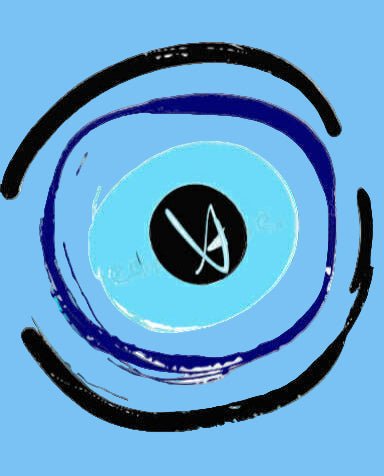About the painting techniques
Let’s see how to share the techniques I love using with this amazing audience.
I often use a technique called ‘underpainting’ when I use acrylics, which refers to applying a first layer of paint to a canvas. This layer functions as a base for other layers of paint, and it potentially creates a sense of contrast and a unique tone in a painting. This technique allows me to brighten areas that could otherwise appear flat, such as an area of the sky or the sea or the face or body of a human. I sometimes might use this technique to mask something I created and do not like, yes I do change my mind often and have ways to re create and explore further .
I enjoy playing with the tone of an underpainting to bring out certain colours and draw attention to specific elements like light or shadow. One of my favourite parts is when I use underpainting for the faces and bodies that are my main protagonists at the centre of my paintings. They feel like they come alive with the diversity and multicultural tones I am applying.
Occasionally, depending on what I am painting and what is the result or impression I am aiming for, I may create little holes and then fill them with a different paint, which can be applied using a semi-dry brush or even a fluid acrylic liquid marker. This way, I achieve a unique result, and even if I recreate the same painting, it will never be the same as the previous one. I used this technique with Wild Souls, which was a commissioned piece for a couple of friends that love travelling and exploring new destinations together.
Another technique that enhances in me the feeling of freedom and independence, diversity, and uniqueness involves pouring paint directly onto a surface. The second phase of this pouring technique is tilting the canvas or any surface I use at a variety of different angles to activate the paint and help it move around. This approach cannot be fully controlled, which entails that the result is often a surprise to myself. On some occasions, I may combine this way of painting with splattering, and the result is very powerful and rather abstract.
Mixed media is a diverse art form that has the potential to create distinct pieces of artwork. This creative practice, which originated in the early 20th century with Pablo Picasso, incorporates numerous materials and methods into one composition. Different types of papers, materials, wood, or fabric can be mixed together, as well as digital elements combined for visual interest.
As a modern-day artist, I am looking to find diverse ways to utilize unconventional mediums. I would love to use mixed media more often, and although I rarely use wood in my paintings, I would love to incorporate it with acrylics, water colour, and sketching.
By mixing various materials along with interesting decoration elements, mixed media painting is brought to life by these unique artistic touches. You may see the final results in my store, but often I explore and create, and the piece or piece of art may never reach the audience it was meant to because I don't like it in the end. I could possibly leave it for months, and then, when I have the right inspiration reaching my soul, I come back to the creation and explore further.
For my art, sketching is the foundation of everything. I use a 3H or 4H pencil to sketch my design on canvas, and then when I feel that the result is good, I might stop enjoying it and let it connect with me and show me if it needs to be added with acrylics and transformed further.
Sometimes adding painting to the sketch with acrylics can be such a dynamic feature, and some times I may not like the result and re-create it on top of it.
